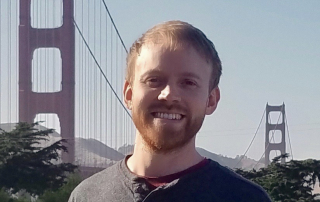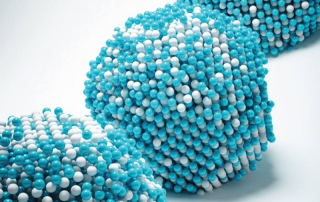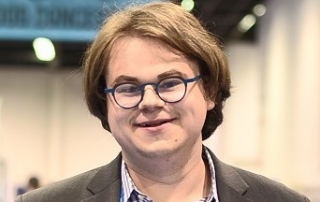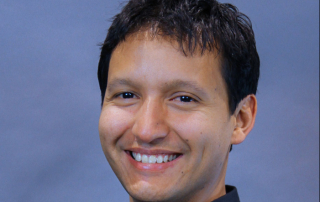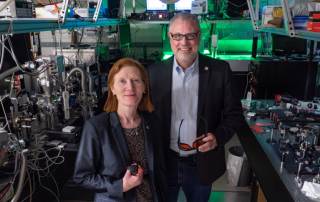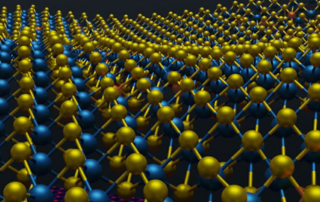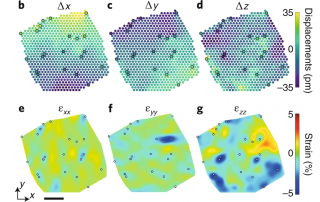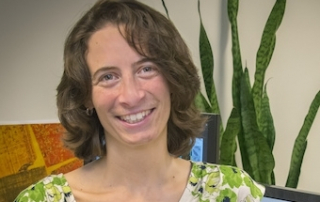Congrats to James Utterback for Receiving the 2020 Arnold O. Beckman Postdoctoral Fellowship from the Beckman Foundation
The Arnold and Mabel Beckman Foundation announced today its 2020 class of Arnold O. Beckman Postdoctoral Fellows in Chemical Sciences, individuals who underscore the Foundation’s mission of supporting basic research in the chemical sciences and chemical instrumentation. They were selected after a three-part review led by a panel of scientific experts. The Foundation will award more than $4 million in funding over the next three years for 14 exceptional research fellows from 7 universities.
